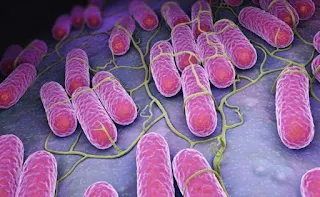What Is Salmonella?
Contains salmonella salmonella prevention what is salmonellaWhat Is Salmonella
Perhaps you've heard the term Salmonella and associate it with digestive tract disease. But what exactly is Salmonella? What are the diseases caused by Salmonella bacteria? Read the complete guide below about Salmonella, including simple things you can do to prevent contamination.Understanding Salmonella
Salmonella is a term that refers to a group of several types of bacteria that can cause Salmonella infection (salmonellosis) in the digestive tract. According to the Centers for Disease Control and Prevention (CDC), around 19,000 people are hospitalized every year due to salmonella contamination in their daily meals. Salmonella affects the intestinal tract and can cause serious problems, such as dehydration due to diarrhea.The causes and symptoms of Salmonella infection
Salmonellosis is caused by consumption of food and water contaminated with Salmonella bacteria. This type of bacteria can contaminate meat, fish, eggs, fruits and vegetables. In addition, some pets such as reptiles and birds can spread Salmonella through their feces.You may Also Read : salmonellosis, definitions, causes, signs and symptoms
Salmonella infections are characterized by several symptoms. Salmonella incubates for 12 to 72 hours in the body. During this time span the patient suffers the following symptoms:
Nausea, vomiting, and diarrhea
Stomach cramps
Fever
Body shivering
Blood in dirt
In addition, Salmonella can also cause more fatal typhoid fever. This disease is rare because only a small part of Salmonella bacteria can cause it.













